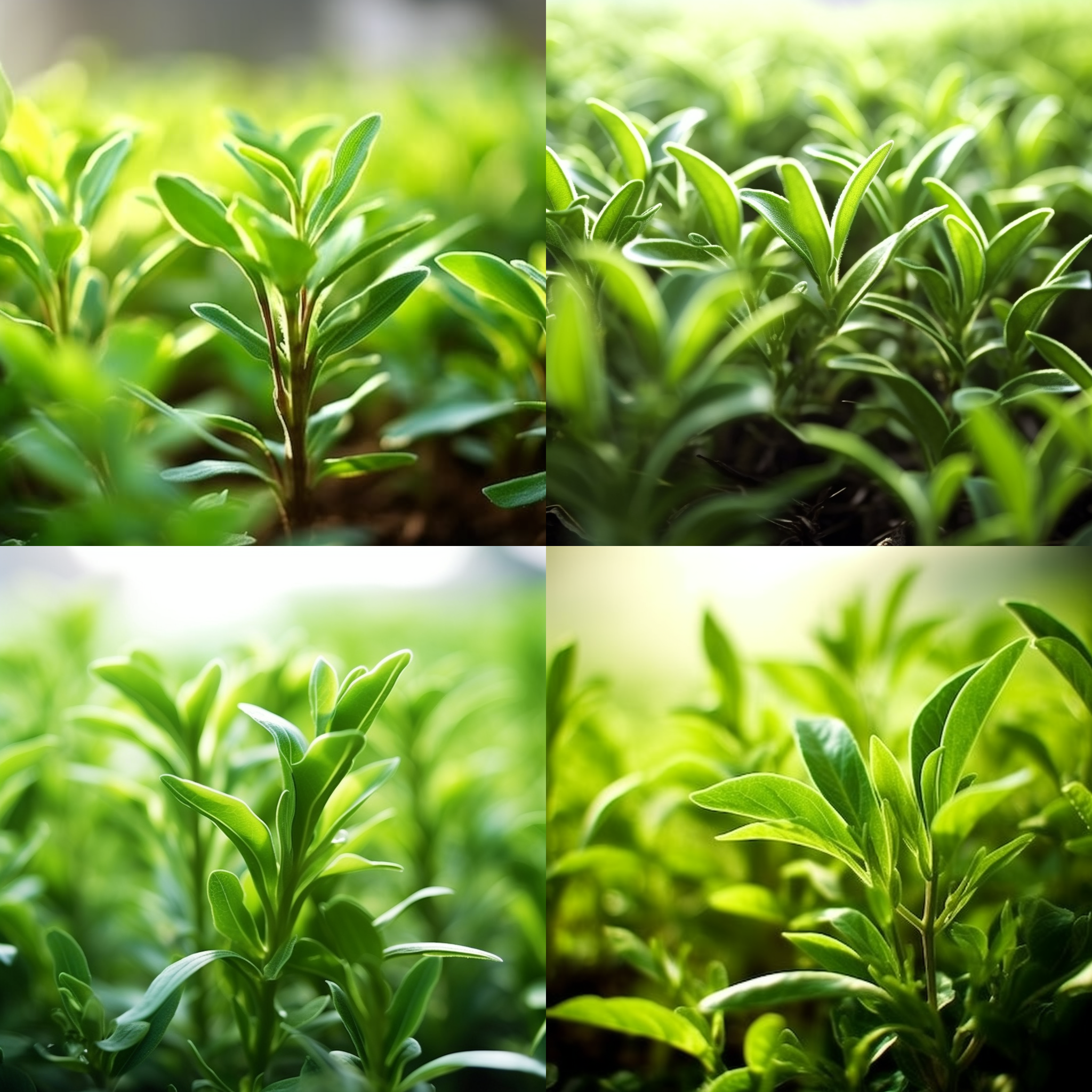Story of Day :
Contents
The Complete Guide to Growing and Caring for Stevia Plants
Introduction
If you’re looking for a natural, zero-calorie sweetener, look no further than the stevia plant. Native to South America and now grown around the world, this herb is a great alternative to artificial sweeteners. In this guide, we’ll cover everything you need to know about growing and caring for stevia plants.
What is Stevia?
Stevia (Stevia rebaudiana) is a small perennial herb that belongs to the Asteraceae family, which also includes sunflowers and daisies. The leaves of the stevia plant contain compounds called glycosides that are up to 300 times sweeter than sugar. Unlike sugar, which can cause blood sugar spikes and tooth decay when consumed in excess amounts, stevia doesn’t affect blood sugar levels or promote tooth decay. It’s also keto-friendly since it has zero calories.
Unlike sugar, which can cause blood sugar spikes and tooth decay when consumed in excess amounts, stevia doesn’t affect blood sugar levels or promote tooth decay. It’s also keto-friendly since it has zero calories.
Growing Stevia
 Stevia can be grown easily both indoors and outdoors. Here’s what you need to know about growing your own:
Stevia can be grown easily both indoors and outdoors. Here’s what you need to know about growing your own:
- Climate: The ideal temperature range for growing stevia is between 20-30°C (68-86°F). It can tolerate light frost but will not survive temperatures below -5°C (23°F).
- Sunlight: The plant needs plenty of sunlight but should be protected from intense heat during peak summer months.
- Soil: Stevia prefers well-draining soil with a pH between 6.5-7.
- Fertilizer: Use a balanced fertilizer once every two weeks during the growing season.
- Watering: Water consistently but avoid overwatering, which can lead to root rot.

Harvesting and Using Stevia
After about six months of growth, the stevia plant will have reached its full height of around 60-80cm (24-32 inches). At this point, it’s time to harvest the leaves. Here’s how:
- Pluck the leaves off the plant and wash them thoroughly with cool water.
- Dry them in a warm place with good ventilation until they are completely dry – this can take a few days.
- Once dry, crush or blend the leaves into a fine powder using a food processor or coffee grinder. You can then use this powder as a sugar substitute in recipes. Note that stevia is much sweeter than sugar, so you’ll need less of it to achieve the desired level of sweetness.
Tips for Success
To ensure that your stevia plants thrive, keep these tips in mind:
- Prune: Regularly pruning your stevia plants will help promote new growth and prevent them from becoming too woody.
- Pests: Watch out for aphids and spider mites – both are common pests that can damage your plants. If you spot an infestation, remove affected leaves or use organic pest control methods like neem oil spray or insecticidal soap.
- Varieties: There are many different varieties of stevia available – some are sweeter than others and may have slightly different growing requirements. Do some research before choosing which one to grow.
In Conclusion…
Growing your own stevia is not only fun but also rewarding since you’ll know exactly where your sweetener comes from. With the right growing conditions and care, your stevia plant can provide you with a natural, zero-calorie sweetener for years to come. Happy gardening!
